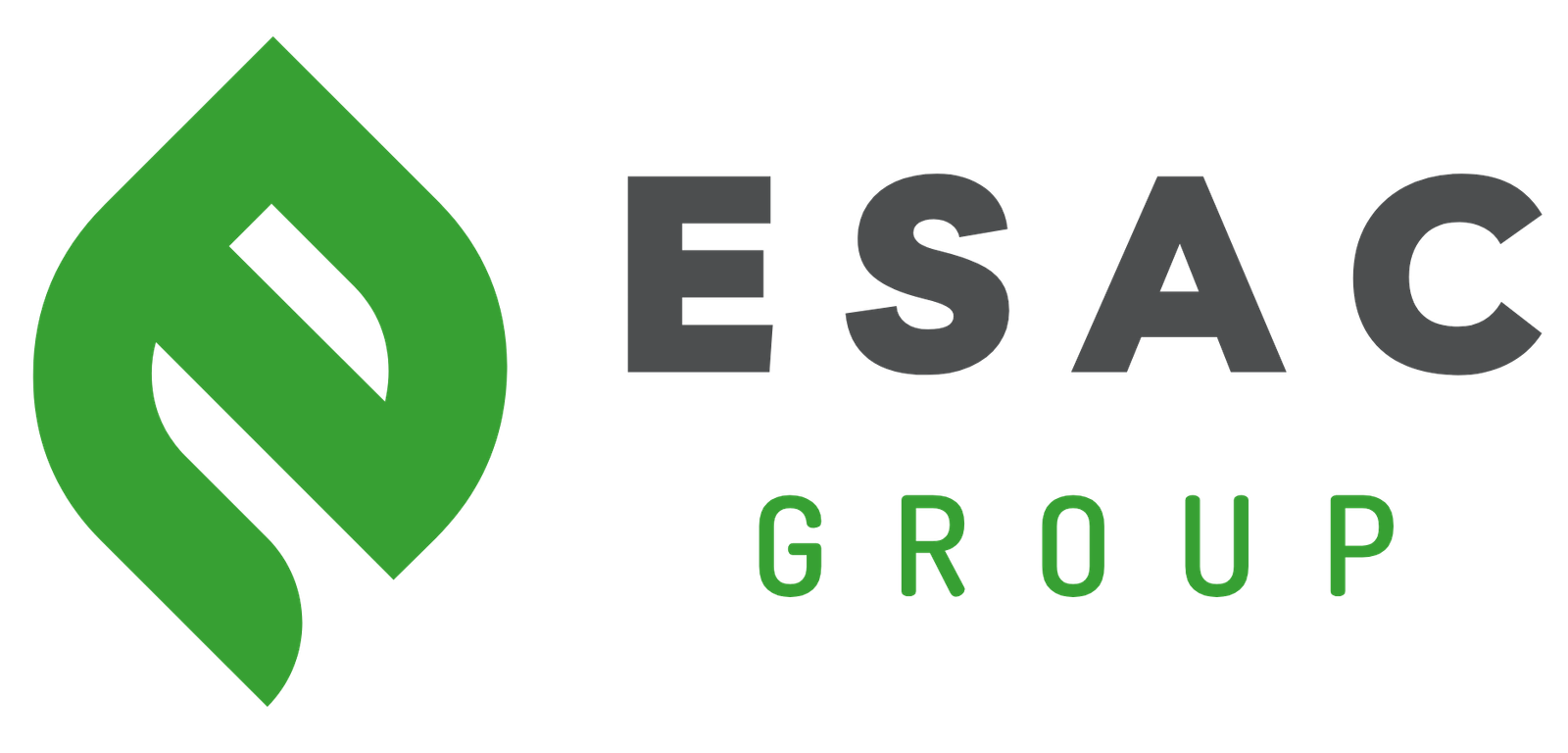Water Management
Comprehensive Water Management & Conservation Strategies
ESAC offers a comprehensive suite of services encompassing Ecological Surveys, Habitat Assessment and Restoration, Ecosystem
Management, Invasive Species Management, Aquatic Ecology Studies, and Biodiversity Conservation Management. These services are
designed to assess, restore, and sustainably manage ecosystems and habitats, protect biodiversity, and mitigate the impacts of
invasive species, all aimed at ensuring the preservation and health of natural environments.
01
Comprehensive Assessment
02
Setting Goals and Scope
03
Accounting
04
Sustainability Assessment
05
Response Formulation
01
Technical Assistance and Planning
02
Public Education and Awareness
03
Incentive Programs
04
Water-Efficient Landscaping
05
Leak Detection and Repair
01
Stakeholder Engagement
02
Evidence-Based Policies
03
AccountingTransparency and Accountability
04
Policy and Regulation Advocacy
05
Capacity Building
01
Conducting Water Audits
02
Leakage Control
03
Metering of Water
04
Water Rate Structure Examination
05
End User Analysis
01
Integrated Approach
02
Comprehensive Plans
03
Prioritization
04
Stakeholder Involvement:
05
Monitoring and Tracking
01
Energy Efficiency
02
Minimizing Environmental Impact
03
Innovation in Desalination Technologies
04
Cost-Effectiveness
05
Solar-Powered Desalination
Water Quality Monitoring and Remediation
Regular Testing
Conduct regular water quality testing to identify sources of contamination and prevent health risks, understanding local regulations and best practices
Monitoring Program Design
Optimize water quality monitoring programs by selecting appropriate water quality variables, sample stations, and temporal frequency

Community Involvement
Engage the community in water quality management to increase awareness and support for maintaining healthy water systems
Data Analysis
Analyze collected data to determine necessary improvements and solutions, which may include plant management treatments, nutrient remediation, aeration systems, and dredging
Best Management Practices
Implement specific BMPs to address identified problem areas and threats, and to protect and restore potential areas for protection and restoration
